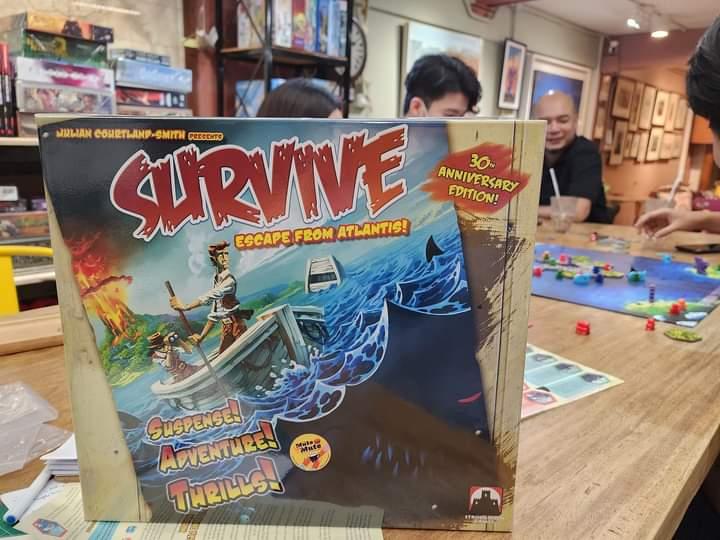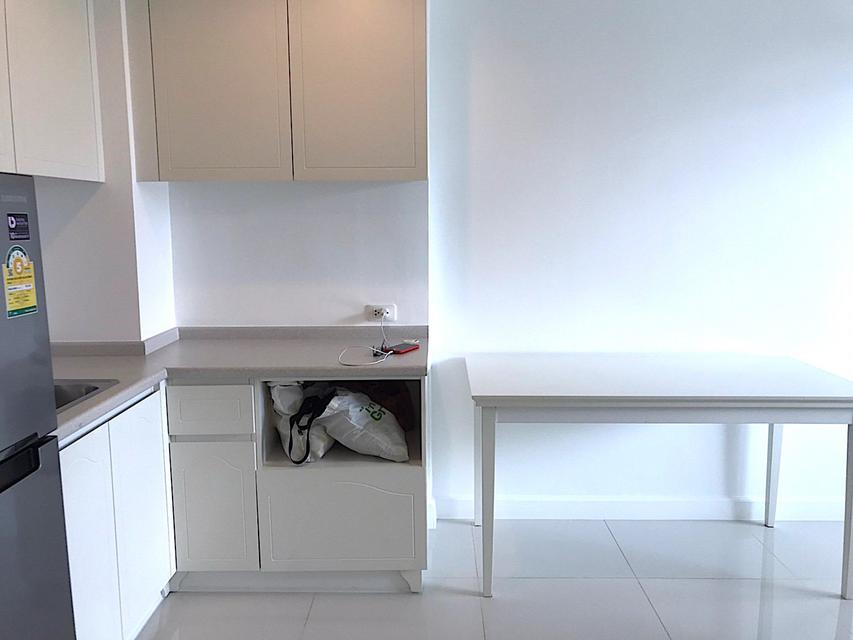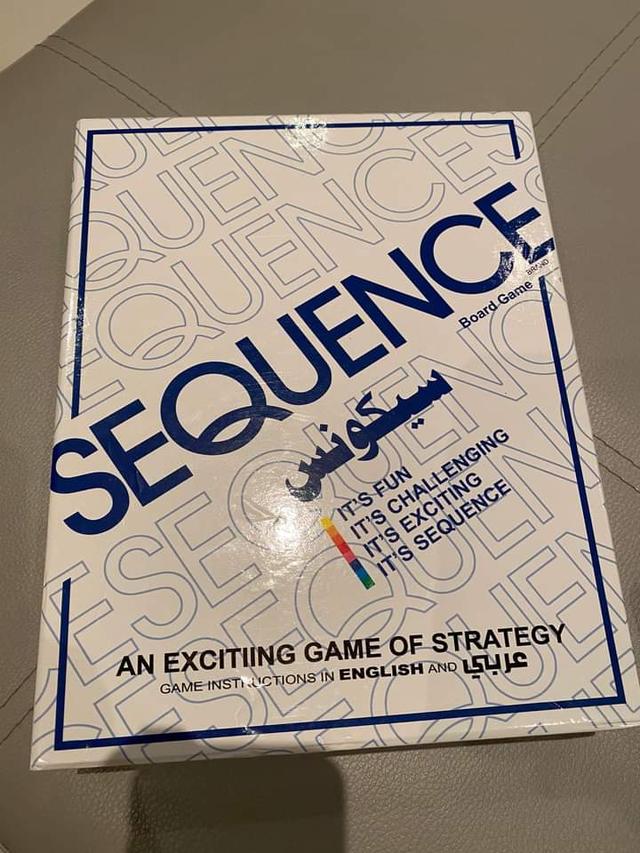LNG Plant Maintenance and Integrity
โพสต์เมื่อ 3 ปีที่แล้ว
รายละเอียด
What does the term “asset integrity” means in oil and gas industry? Asset integrity, also known as asset integrity management systems (AIMS), is the term used to describe an asset’s ability to operate efficiently and accurately while also protecting the health and safety of all personnel and equipment with which it interacts – as well as the measures in place to ensure the asset’s long-term availability. Throughout the life cycle of an asset, from its conception through decommissioning and replacement, asset integrity must be maintained. Asset integrity management consists of a number of components Much of the oil and gas industry’s infrastructure is already nearing or has already reached the end of its operational life expectancy, if not already beyond it. Because the cost of replacing assets, as well as the resulting turnaround time, has become unacceptably expensive for so many facilities, asset integrity has now surpassed concepts such as OPEX and Agile as the watchword on everyone’s lips, according to a recent study. There is an increase in challenges such as vessel inspection, which is a significant contributor to production downtime; and corrosion under insulation, which is a frequent cause of sudden shutdowns; and taking the step to employ new solutions is becoming a necessity in many locations, particularly offshore. The importance of the human factor Asset integrity is based on the assumption that the vast majority of people within the organization will carry out their responsibilities correctly. However optimistic this may sound, the vast majority of maintenance, inspection, and data management activities are carried out with the best of intentions. Things, on the other hand, are not always accomplished completely or in the shortest amount of time available. It is unlikely that simple measures, such as increased inspection frequency, can uncover every overlooked problem. It is also unlikely that employees, who are required to increase their inspection labor or who are involved in missed problems, will be enthused about the task at hand. Some indicators that everything is not well in the field of asset integrity management and inspection include the following: - Teams believe that any concerns they have regarding health and safety, or the condition of equipment are not taken seriously, resulting in an atmosphere where errors are not even reported as a result of this perception. - Any modifications to asset integrity plans, or even the fundamental operation of the facility, are only implemented after a large-scale event. - An inability to distinguish underlying causes from basic defect reports, which often leads to personnel being lulled into an unwarranted feeling of security and overstating the extent to which the facility is safe and operating. - Tactic knowledge, rather than a physical and immediately available set of rules, is relied upon in the context of AIM and reporting problems. - In the world of maintenance contractors, there is a “lowest bidder” mentality that prevails, and knowledge of and passion for asset integrity are not highly rewarded. The very real outcome of this kind of environment is that nothing occurs in any meaningful way. Till a significant occurrence forces an organization to adjust, which is typically at tremendous expense, asset integrity is seen as a barely acceptable inconvenience, a type of obstacle to getting the job done properly. Identifying and filling up the gaps in asset integrity management systems Despite the fact that there are more AIM systems on the market now than at any previous time in history, there are still no one-size-fits-all solutions available. Although no inspection plan or database can possibly address all of the AIM concerns that might occur, integrity systems are nevertheless seen as distinct from the rest of the organization’s activities. Employees may be reluctant to accept responsibility for their actions, seeing the suite of AIM packages as an effort by the corporation to police them rather than as an intrinsic part of their job description. The holes in AIM packets must be filled with the vigilance of the same persons from whom they are intended to protect, but a creative strategy may be required to guarantee that this message is received by the intended recipients. What is the significance of asset integrity management? A leak from the Piper Alpha oil platform in the North Sea occurred over the period of 22 minutes on July 6, 1988, causing an explosion that killed 167 of the rig’s 229 employees. The leak occurred over the length of 22 minutes. Among other things, this accident is seen as a watershed point in the development of current approaches to both EH&S and AIM in the oil and gas industry, not least because it resulted in each offshore operator investing £1 billion in safety measures. The United Kingdom government subsequently launched a public enquiry, which was completed in 1990 and made 106 recommendations on how to implement HS&E and AIM initiatives more effectively in the future – all of which were approved by the oil and gas sector. So, given that we are living and working in an era when significant AIM attempts are being made, what areas should individuals be concentrating their energies on? Developing a strategic approach to AIM According to research performed by Oil & Gas IQ, oil and gas operators are increasingly pursuing price-responsive strategies as well as the optimization of existing assets in order to remain competitive. These enterprises, particularly those operating in the North Sea, are now re-evaluating their business processes in order to stay afloat. 51 percent of oil and gas experts are now working on installations that are more than 20 years old and have been in service for more than a decade — with fewer than a third working on installations that are in their first ten years of operation. More than half of asset integrity professionals have had their budgets reduced, and the average grade given to those professionals’ own firms’ asset integrity management (AIM) rating was 5.4 out of a possible 10. Only 52% of respondents believed that their job load was manageable in terms of achieving objectives and preserving safety – despite the fact that the vast majority worked with a meager budget of less than £250,000. Unsurprisingly, asset integrity professionals report that the two most pressing concerns they face are keeping assets under budget and the age of the assets themselves. The lack of communication between departments in oil and gas businesses is by far the most serious fault that has been identified, followed by a lack of a safety culture in the industry. There is definitely work to be done. RBI: Risk-Based Inspection It is now more necessary than ever to ensure that an effective system of identification is in place, especially since the industry’s infrastructure is rapidly aging and becoming one of its key issues. For example, more than half of pipelines in the United States are at least 50 years old, with 3,300 incidents, including the worst spill in US pipeline history, eighty fatalities and almost 400 injuries in only the last five years. Despite the fact that it may seem apparent, maintaining integrity, preventing corrosion, and repairing damage is similar to seeing an iceberg from a distance. It is nearly impossible to implement damage mitigation techniques without the assistance of dedicated and experienced professionals. For every readily apparent symptom of corrosion or asset instability, there are dozens of hidden issues: hydrogen attack, high-temperature tempering, thermal fatigue, metallurgy issues, internal system corrosion, and so on. Once it has been determined that a comprehensive examination is required, the following step is to put it into effect. Among the methods available are risk-based inspections (RBIs), which demand that the risk be reduced while putting in the least amount of work possible in order to expedite the process and free up more time. The problem is that there are an almost limitless number of methods in which we may carry out our maintenance – and with so many hazards (such as calibration uncertainty or equipment accessibility), quantification is just not viable. In order to determine where on the quantitative/qualitative spectrum a corporation is located, it must first choose whether it will depend more heavily on specialists or on data. Companies will operate in either a reactive or a proactive mode, depending on how effectively or poorly they foster their dependability cultures. It goes without saying that you want to be proactive. Because of a failure to foresee and monitor for hidden difficulties, you will only be able to respond after problems have developed, which will cost you significantly more money in the long run and reward those who have shown the ability to react swiftly. Instead of enhancing the culture, this positive reward serves to promote the tendency to react rather than act. https://www.gmsthailand.com/blog/lng-plant-maintenance-and-integrity/
อ่านเพิ่มเติม












